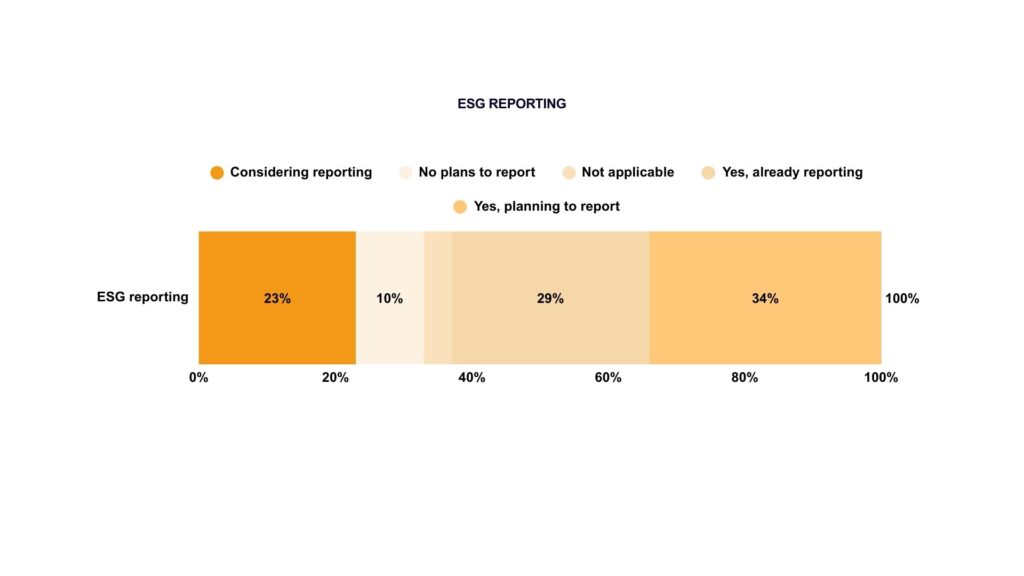For years, the standard playbook for setting up shop in India has leaned on the obvious: cheap labour, a massive consumer base, and navigating the regulatory maze. But that script is outdated. What’s now shaping real competitive edge in India? Two factors that didn’t even feature in boardroom discussions a decade ago: Digital Infrastructure and ESG Compliance.
These aren’t side issues anymore. They’re the scaffolding for successful market entry, operational scale, and long-term reputation. What follows is a practical look at how these elements are reshaping business strategy in India—with hard data, regulatory timelines, and examples pulled straight from the policy frontlines.
India’s Digital Momentum: Bureaucracy Out, Platforms In
India’s digital statecraft is being quietly studied around the world. Since 2015, the Digital India initiative has stitched together an infrastructure stack that now acts as the rails for business operations:
- Aadhaar: 1.3 billion+ biometric identities. Think of it as a KYC engine on steroids.
- UPI: Over 12 billion transactions monthly. Seamless, real-time payments infrastructure.
- MCA21 + SPICe+: One form, one workflow—company incorporation, PAN, GST, EPFO, ESIC, bank account. All in.
- BharatNet: Project aims to lay fibre across 674,000 villages. It’s not just rural inclusion—it’s rural commerce enablement.
This isn’t digital vanity. It’s digital technology that reduces friction, automates compliance, and compresses decision cycles.
Time-to-Market is Now a Competitive Metric
Companies leveraging India’s integrated digital stack can significantly reduce market entry timelines (often by 30–50%) and lower post-incorporation compliance costs, thanks to streamlined online processes and integrated government services.
ESG in India: Not a Nice-to-Have—A License to Operate
1. From PR-Friendly to Legally Mandated
India isn’t waiting on global pressure to get serious about ESG—it’s legislating it.
- CSR Mandate: Companies hitting a defined profit/turnover bar are legally required to spend 2% of net profit on CSR (Section 135, Companies Act).
- BRSR Core: By FY 2026–27, India’s top 1,000 listed firms must file exhaustive sustainability disclosures (SEBI).
- Labour Codes: A unified framework now governs wages, workplace safety, benefits, and reporting.
These frameworks aren’t buried in footnotes—they’re central to audit and investor reviews.
2. ESG = Market Access
- India attracted an estimated $44 billion per year in green and ESG-linked finance in 2019 and 2020.
- Major conglomerates now require ESG disclosures from their vendors before onboarding.
- 40% of GCCs now have ESG charters governed from India.
- 25%+ businesses prioritise ESG-aligned investments.

With over 60% in favour of ESG reporting, our data confirms that ESG is not merely about social reputation—it is about market accessibility, institutional trust, and sustainable scale.
India’s Digital + ESG Fusion
India isn’t choosing between ESG and digital—it’s fusing them. The result is compliance mechanisms that are transparent, real-time, and massively scalable.
| Function | Digital Enabler | ESG Outcome |
|---|---|---|
| Corporate Governance | SEBI XBRL Portal | Automated BRSR filing + investor visibility |
| Labour Law Compliance | Shram Suvidha, e-SHRAM | Contractor data and benefits tracked at scale |
| CSR + Tax Reporting | MCA21, CSR Portal, GSTN | Public, integrated disclosures |
| Environmental Monitoring | CPCB IoT + e-Portals | Real-time pollution alerts, audit readiness |
When ESG Becomes DNA: The HCLTech Playbook
HCLTech isn’t just filing the right forms—they’ve operationalised ESG.
- 19% of their energy now comes from renewables.
- Gender pay and board diversity metrics are disclosed BRSR Core-style.
- The HCL Foundation deployed ₹216 crore in FY 2021–22 in grassroots programs.
- ESG metrics are now baked into the board’s performance review.
What’s Next: AI, Policy, and Predictive Governance
- AI + ESG: SEBI is testing anomaly detection in sustainability reports to catch greenwashing.
- Real-Time Tax: Thousands of Indian firms now use government-provided APIs to streamline filings.
- DPDPA (2023): India’s own GDPR—mandatory consent-driven data protocols, including cross-border rules.
By 2027, lack of AI-backed ESG systems won’t just hurt your reputation—it’ll block you from funding, procurement, and incentives.
Your Five-Move Playbook: Market Entry with Teeth
- Board-Level KPIs: ESG and digital metrics must be boardroom items from day one.
- Pick the Right State: Karnataka, Maharashtra, Gujarat lead on digital governance.
- Pre-Market ESG Review: Bring in ESG advisors early.
- Vendor + Partner Audits: If your partners aren’t BRSR/DPDPA-ready, neither are you.
- Open the Books: Transparent ESG comms are your access pass to capital and contracts.
Final Word: The Real Foundations of Success
The businesses winning in India today aren’t just the ones with cash to burn. They’re the ones with structured compliance, cultural alignment, and the foresight to treat ESG and digital infrastructure as core systems—not add-ons.
ESG and digital integration aren’t forward-looking—they’re present-day non-negotiables.
Miss them, and you’ll miss the market.
